How to Care for a Rabbit
Choosing the Perfect Home
Picking the ideal living space for your bunny requires careful thought. These active creatures demand generous space to hop, stretch, and satisfy their curiosity. Confined quarters often trigger unwanted behaviors and health complications. Measure your rabbit's full-grown size and allocate sufficient area for natural activities like jumping and digging. Multi-tiered enclosures with wide platforms work wonderfully for keeping rabbits content and fit.
Construction materials matter greatly. While wire-bottom cages might save money, they can harm delicate feet. Opt instead for solid-surface dwellings or mesh floors layered with plush, absorbent padding. Always verify the structure's durability to avoid mishaps or unauthorized excursions.
Must-Have Habitat Accessories
A rabbit's domain should stimulate both body and mind. Include cozy resting areas with soft nesting materials alongside engaging diversions. Simple items like untreated wood blocks, paper tubes, and fabric tunnels provide hours of amusement while supporting dental health. Rotating toys weekly prevents boredom and maintains interest.
Hygiene stations simplify maintenance. Position a shallow litter pan in a quiet corner, filling it with rabbit-safe pellets. For hydration, choose either a sipper bottle or weighted ceramic dish - some bunnies prefer drinking from bowls while others master bottle nozzles quickly.
Flooring and Nesting Materials
Bedding selection impacts both comfort and wellness. Steer clear of aromatic woods like cedar that may irritate sensitive airways. Instead, consider these superior options:
- Recycled paper products (highly absorbent)
- Organic cotton fleece (machine washable)
- Oat or wheat straw (great for burrowing)
Maintain a deep layer (minimum 3 inches) to encourage natural nesting behaviors. Replace soiled bedding every 2-3 days to prevent bacterial growth and odor buildup.
Mental Stimulation Strategies
Active minds need constant engagement. Create an ever-changing playground by:
- Hiding treats in cardboard castles
- Swapping toy locations weekly
- Adding novel textures (seagrass mats, untreated wicker)
Daily supervised exploration outside the enclosure is non-negotiable. These free-roaming sessions satisfy exercise needs while strengthening your bond.
Safety Precautions
Bunny-proofing extends beyond the cage perimeter. Potential hazards include:
- Electrical wiring (use protective casing)
- Toxic houseplants (research rabbit-safe varieties)
- Small gaps behind furniture (block with barriers)
Conduct weekly enclosure inspections, checking for loose components or sharp edges that could cause injury.
Hygiene Routine
A meticulous cleaning schedule prevents health issues:
| Task | Frequency |
|---|---|
| Spot cleaning | Daily |
| Full bedding change | 2-3 days |
| Structural disinfection | Weekly |
During cleanings, observe your rabbit's droppings and behavior for early warning signs of illness.
Decoding Rabbit Communication
Understanding lagomorph body language builds trust. Notice these telling behaviors:
- Tooth purring (contentment)
- Foot thumping (alarm)
- Nose bonks (affection)
Respect their prey animal instincts by avoiding sudden movements and providing multiple hiding spots. Patient observation reveals individual personality quirks that guide habitat customization.
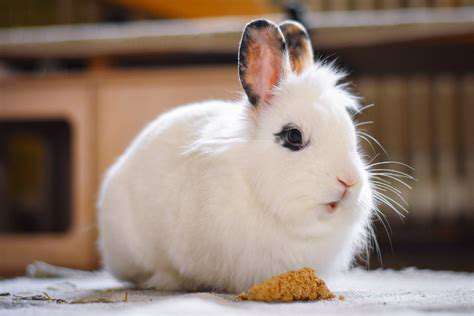
Veterinary Care: Ensuring Your Rabbit's Health
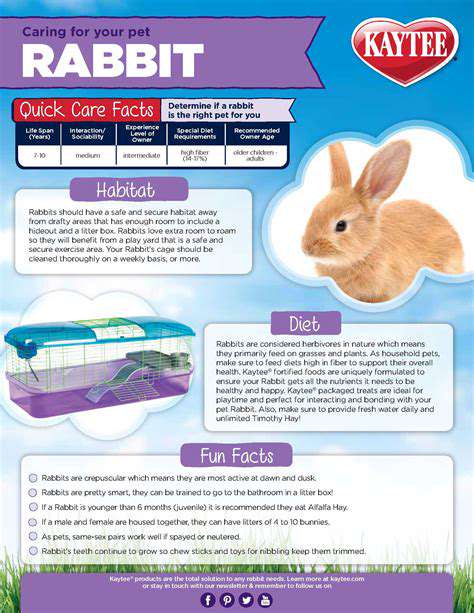
Preventive Healthcare Essentials
Proactive wellness measures dramatically impact longevity. The foundation includes:
- Unlimited timothy hay (supports digestion and teeth)
- Quarterly dental assessments (prevent malocclusion)
- Parasite screenings (biannually for indoor rabbits)
Dental complications represent the most frequent health emergency in rabbits - regular molar checks are non-negotiable. Many owners overlook subtle signs like decreased pellet consumption or messy chin fur that indicate emerging dental issues.
Recognizing Medical Emergencies
Lagomorphs mask illness instinctively. These red flags demand immediate attention:
- Refusing favorite treats for >12 hours
- Uncharacteristic lethargy
- Wet or matted fur around the mouth
Gastrointestinal stasis (GI slowdown) becomes life-threatening within hours - never delay treatment. Keep emergency vet contact information prominently displayed and familiarize yourself with after-hours protocols.
Diagnostic Approaches
Modern veterinary medicine offers multiple assessment tools:
| Method | Purpose |
|---|---|
| Blood chemistry | Organ function evaluation |
| Radiography | Bone/dental assessment |
| Ultrasound | Soft tissue visualization |
Baseline bloodwork during wellness visits establishes personalized reference ranges for your rabbit. This proves invaluable when illness strikes.
Selecting an Exotic Specialist
Not all veterinarians receive extensive lagomorph training. When interviewing potential providers, ask:
- What percentage of your patients are rabbits?
- Do you perform routine dentals without anesthesia?
- What emergency services do you offer after hours?
An experienced rabbit vet will discuss spay/neuter benefits during your first consultation. They should also provide handouts on species-specific care rather than generic small mammal advice.
Read more about How to Care for a Rabbit
Hot Recommendations
- Top Dog Treats That Are Healthy
- Feeding Your Small Animal: Safe Foods
- How to Teach Your Dog to Play Fetch
- Heartwarming Stories of Pets in Retirement Homes
- How to Teach Your Dog to Leave It
- My Pet's First Snow Experience [Story]
- Review: [Specific Brand] Pet Water Fountain
- Guide to Dealing with Aggression in Dogs
- Guide to Using Positive Reinforcement in Training
- Living with a Pet Who Loves the Outdoors
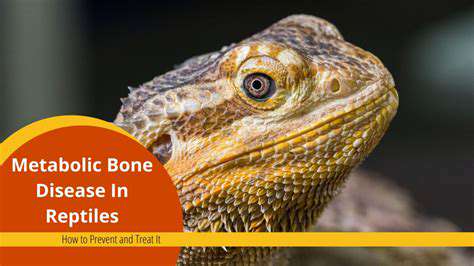


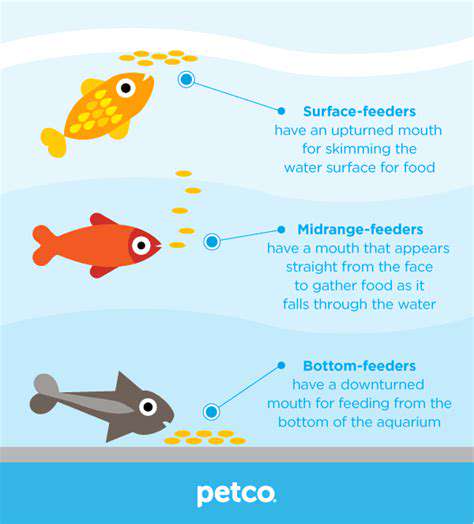

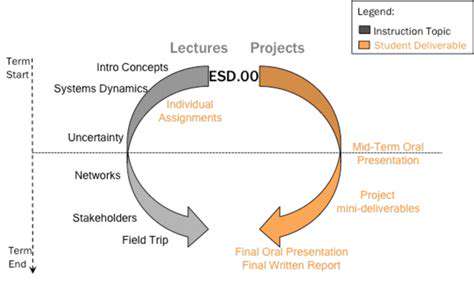
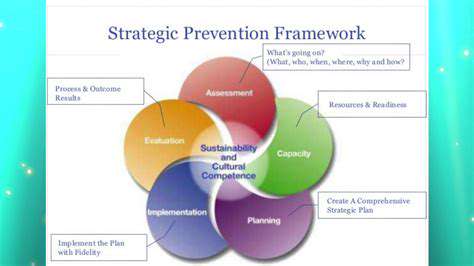


![Review: [Specific Brand] Smart Pet Door](/static/images/33/2025-05/EaseofInstallationandSetup.jpg)
